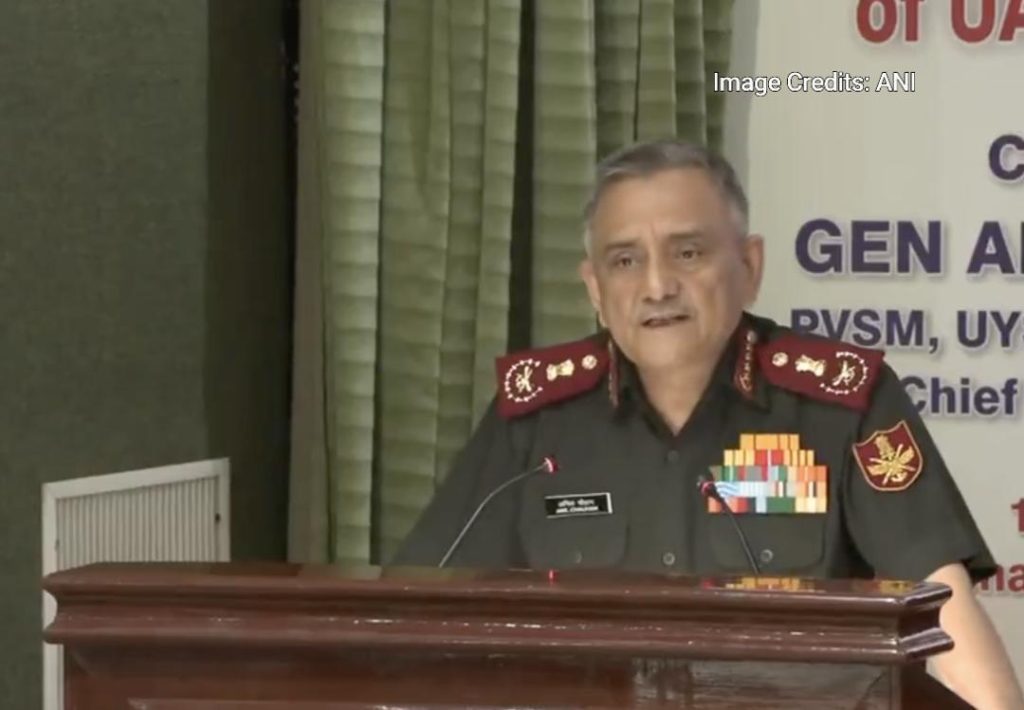
Pak used unarmed drones & loitering munitions: CDS Anil Chauhan
In a recent statement, Chief of Defence Staff (CDS) General Anil Chauhan revealed that Pakistan used unarmed drones and loitering munitions during the conflict in May. This information provides valuable insights into the nature of the conflict and the tactics employed by both sides.
According to General Chauhan, the Pakistani drones and loitering munitions were unarmed and did not inflict any damage on Indian military or civil infrastructure. He further stated that most of these aerial assets were neutralized through a combination of kinetic and non-kinetic means. This suggests that the Indian military employed a range of tactics to counter the Pakistani threat, including both military action and non-combat methods.
What is striking about General Chauhan’s statement is the fact that some of the Pakistani drones and loitering munitions were recovered in almost intact condition. This is a significant revelation, as it suggests that the Indian military was able to capture and disable these aerial assets without causing significant damage or loss of life.
The use of unarmed drones and loitering munitions by Pakistan is not surprising, given the country’s history of employing these types of assets in conflicts. Loitering munitions, in particular, have become a popular choice for military forces around the world, as they offer a precise and effective way to target enemy positions without causing widespread damage or collateral damage.
Loitering munitions, also known as suicide drones or kamikaze drones, are unmanned aerial vehicles (UAVs) that are designed to carry out a single mission, such as destroying a target, and then self-destruct. They are often used in urban warfare and counter-terrorism operations, as they can be launched from a safe distance and can avoid anti-aircraft defenses.
Pakistan has a history of using drones and loitering munitions in its conflicts with India. In 2019, the country launched a series of drone attacks on Indian military positions in the disputed region of Kashmir. The attacks were carried out using Turkish-made drones, which were reportedly equipped with loitering munitions.
The use of unarmed drones and loitering munitions by Pakistan during the recent conflict may have been intended to test the Indian military’s defenses and to probe its capabilities. By launching these types of attacks, Pakistan may have been trying to gauge the Indian military’s response to the threat and to identify weaknesses in its defenses.
The Indian military has not commented on the specific tactics it employed to counter the Pakistani threat, but General Chauhan’s statement suggests that the country’s military was well-prepared to respond to the attack. The fact that the Indian military was able to neutralize most of the Pakistani drones and loitering munitions without causing significant damage or loss of life is a testament to its effective defense capabilities.
In conclusion, General Anil Chauhan’s statement provides valuable insights into the tactics employed by Pakistan during the recent conflict. The use of unarmed drones and loitering munitions by Pakistan was a significant development, and one that highlights the increasing importance of these types of assets in modern warfare.
As the Indian and Pakistani militaries continue to engage in a high-stakes game of cat and mouse, it is likely that both sides will continue to employ new and innovative tactics to gain an advantage over each other. The use of unarmed drones and loitering munitions is just one example of the types of tactics that are being employed in this conflict, and it is likely that we will see even more creative and effective tactics emerge in the future.






